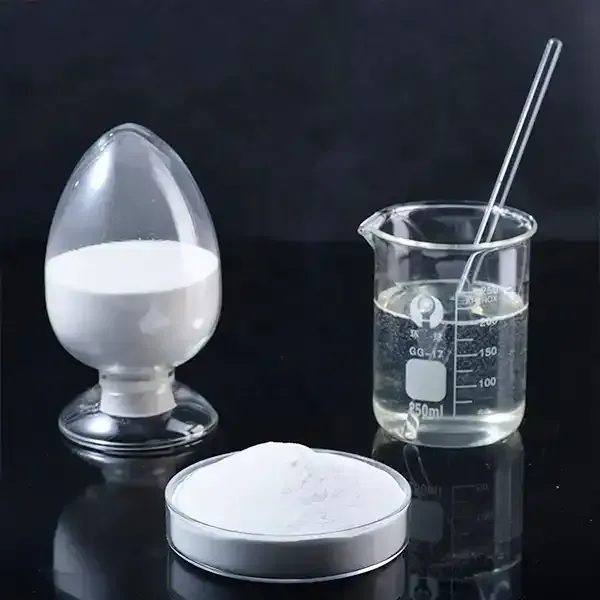Hydroxyethyl cellulose (HEC) is a non-ionic, water-soluble polymer derived from cellulose, a natural polymer found in plant cell walls. The modification process involves etherification of cellulose with ethylene oxide, resulting in a product that exhibits unique thickening and gelling properties. This versatile compound is widely used across various industries, including pharmaceuticals, cosmetics, food, and construction.
In the pharmaceutical industry, HEC serves as an effective thickening agent and stabilizer in various formulations, such as gels, creams, and ointments. Its ability to retain moisture makes it particularly valuable in topical applications, enhancing the skin's hydration and improving product consistency. HEC is also employed in controlled-release drug formulations, where it regulates the diffusion of active ingredients, ensuring a sustained release over time.
In cosmetics, HEC is prized for its ability to improve the texture and application of products. It provides a smooth, silky feel and is commonly found in products like lotions, shampoos, and hair conditioners. Its film-forming properties help in retaining moisture and providing a protective barrier on the skin and hair. Moreover, HEC is often used in the formulation of color cosmetics, as it helps to enhance the spreadability and adhesion of pigments.
hydroxyethyl cellulose

The food industry also benefits from HEC, where it serves as a thickening and stabilizing agent in various food products, including sauces, dressings, and dairy items. Its ability to form stable emulsions and improve the mouthfeel of food products makes it an invaluable ingredient in modern culinary applications.
In construction, HEC is utilized as an additive in cement, mortar, and gypsum-based materials. It enhances workability, provides water retention, and improves the overall performance of construction materials, making them easier to apply and more durable.
Overall, hydroxyethyl cellulose is a multifunctional polymer with a broad range of applications due to its favorable properties, including non-toxicity, biocompatibility, and ease of use
. As innovation continues to drive advancements in various fields, the demand for HEC is expected to grow, highlighting its importance as a key ingredient in both industrial and consumer products.-
The Versatility of Industrial Additives: Mhec, Hpmc, And Wall Putty SolutionsNewsMar.28,2025
-
The Importance of HPMC in Modern IndustriesNewsMar.28,2025
-
Partnering with Reliable Manufacturers for Optimal ResultsNewsMar.28,2025
-
Enhancing Construction Performance with Redispersible Polymer PowdersNewsMar.28,2025
-
Enhancing Construction and Household Products with Advanced AdditivesNewsMar.28,2025
-
Building Strong Foundations with Key Construction MaterialsNewsMar.28,2025






